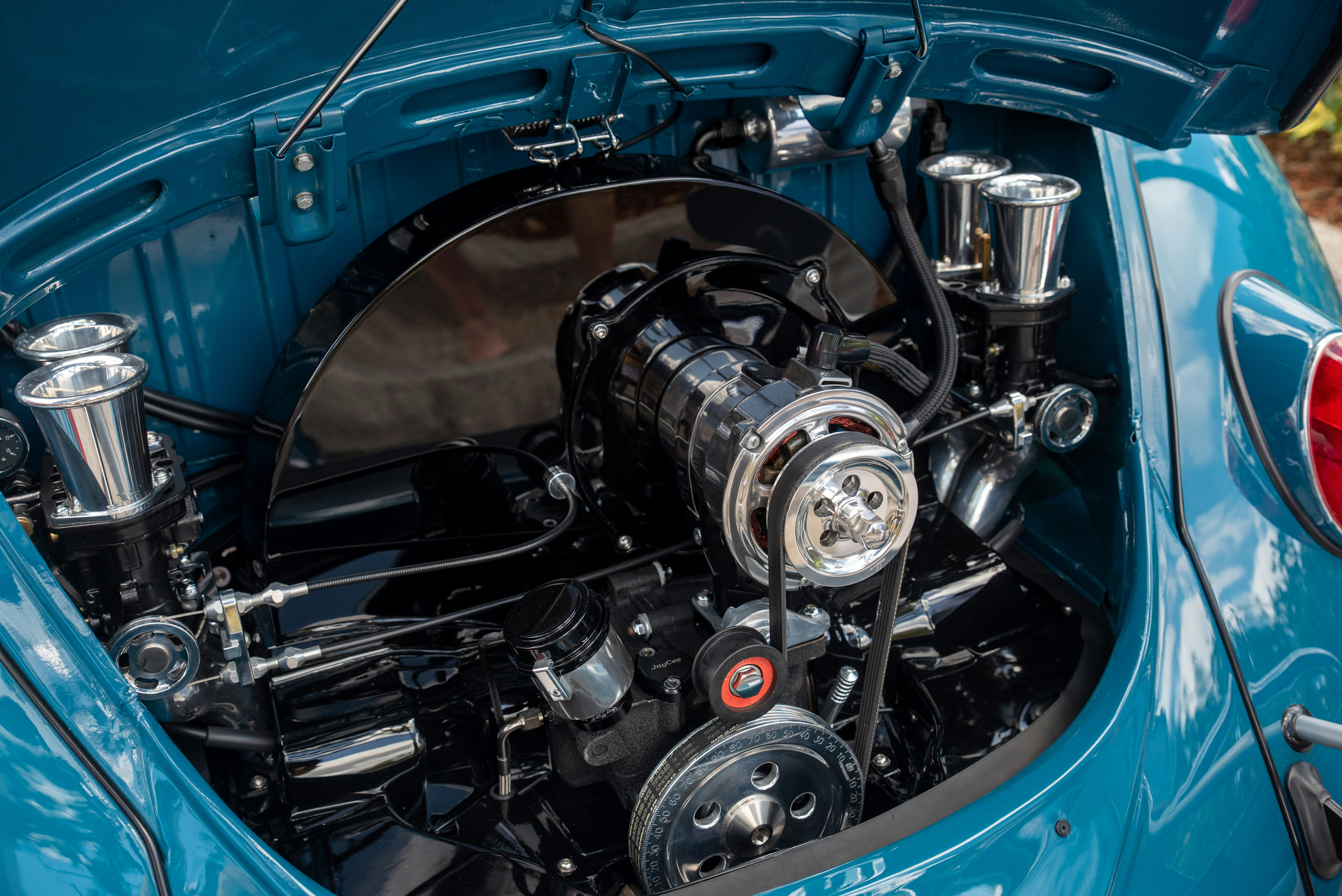Understanding Motor Speed Control Using PWM
Pulse Width Modulation (PWM) is a powerful technique for controlling the speed of electric motors, especially in DC and BLDC types. This article explains how PWM works and how to implement it.
🔌 What Is PWM?
PWM modulates the width of voltage pulses sent to the motor, changing the average power delivered without altering voltage level.
- High Duty Cycle : More power, higher speed
- Low Duty Cycle : Less power, lower speed
⚙️ Why Use PWM?
- Efficient power control
- Minimal heat loss
- Smooth speed transitions
- Low-cost implementation via microcontrollers
🔧 Hardware Requirements
- Microcontroller or motor driver IC
- Power MOSFETs or transistors
- Flyback diode
- PWM-capable power supply
🧪 Sample PWM Code (Arduino)
int motorPin = 9;
void setup() {
pinMode(motorPin, OUTPUT);
}
void loop() {
analogWrite(motorPin, 128); // 50% duty cycle
}


